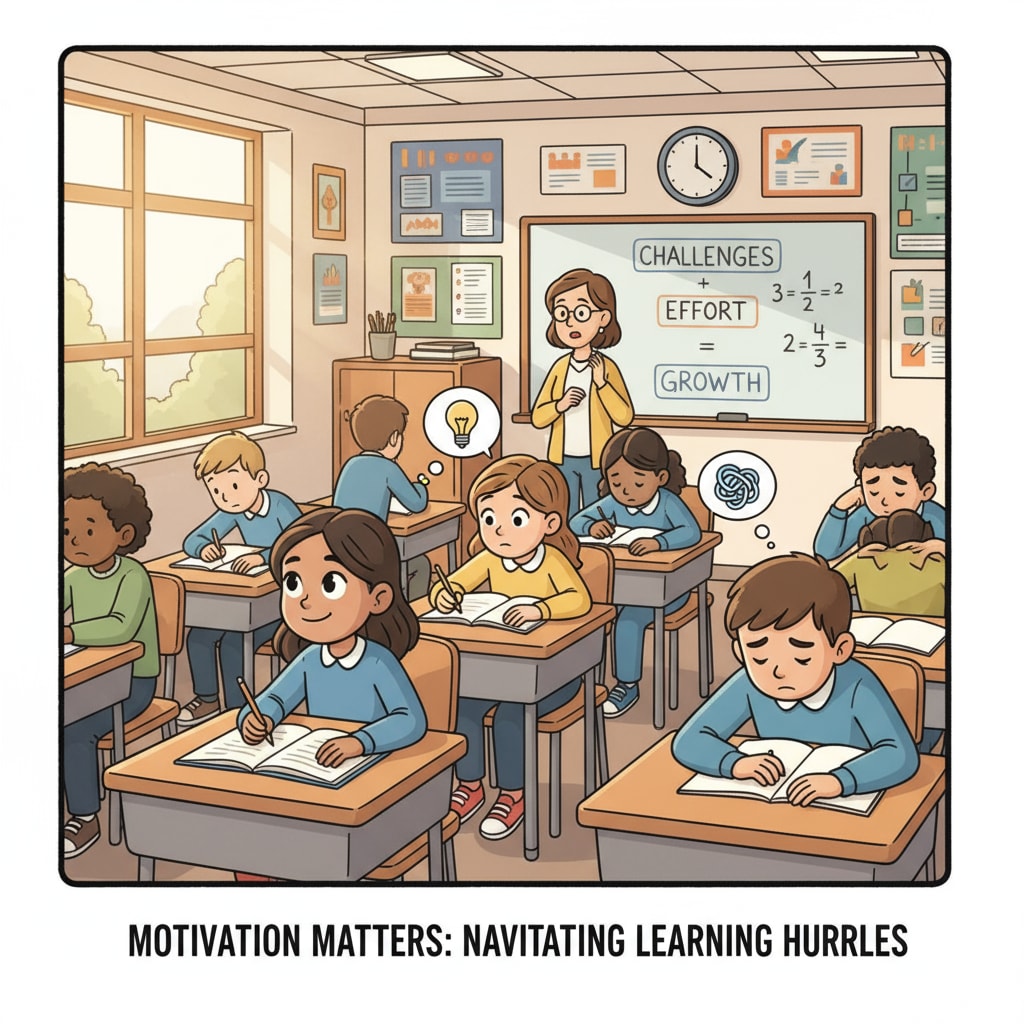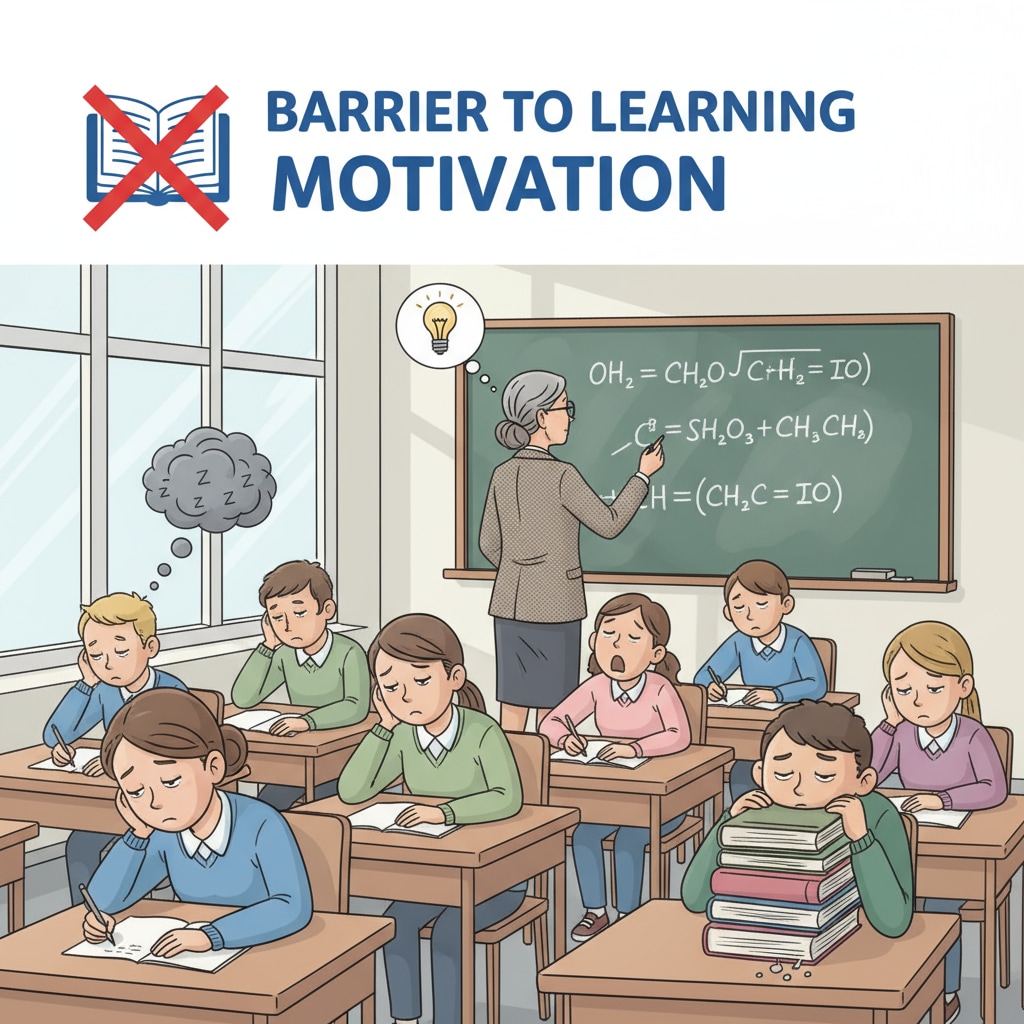Learning motivation, persistence, and small steps are crucial elements for K12 students on their educational journey. There are times when students in the K12 phase find themselves grappling with a lack of enthusiasm for learning. However, understanding the psychological barriers and adopting practical strategies can make a significant difference.

The Psychological Barriers to Learning Motivation
One common psychological hurdle is the fear of failure. Many K12 students are terrified of not meeting expectations, whether it’s from parents, teachers, or themselves. This fear can be paralyzing and prevent them from even starting a task. For example, a student might be so afraid of getting a bad grade on a math test that they avoid studying for it. As a result, their lack of preparation further reinforces their fear. According to American Psychological Association’s research on learning motivation, this fear often stems from a fixed mindset, where students believe their abilities are innate and unchangeable. Another barrier is boredom. When the learning material seems uninteresting or repetitive, students’ motivation plummets. They might feel that there’s no point in putting in the effort.

The Power of Small Steps
Taking small steps is a powerful strategy to combat low learning motivation. Instead of overwhelming themselves with a large task, students can break it down into smaller, more manageable parts. For instance, if they have a big history project due, they can start by researching a single aspect of it each day. This way, it doesn’t seem as daunting. Small steps also allow students to build momentum. Each small accomplishment gives them a sense of achievement, which in turn boosts their motivation. As Psychology Today’s article on motivation states, these small wins create a positive feedback loop. Moreover, small steps are easier to fit into a busy schedule, making it more likely for students to stay consistent.
Persistence is also key when following the small steps approach. It’s normal for students to face setbacks along the way. They might miss a day of working on a small task or not achieve the result they wanted immediately. But it’s important to keep going. By persisting through these challenges, students gradually build the confidence and resilience needed to overcome their learning motivation issues.
In conclusion, K12 students can overcome the psychological barriers to learning motivation by leveraging the power of small steps and maintaining persistence. Even when the motivation is low, every small effort counts. Just like a tiny glimmer of light can eventually turn into a bright flame, these small, consistent actions can lead to significant learning growth.
Readability guidance: Short paragraphs and lists are used to summarize key points. Each H2 has a related list or explanation. The proportion of passive voice and long sentences is controlled. Transition words are added throughout the text for better flow.


